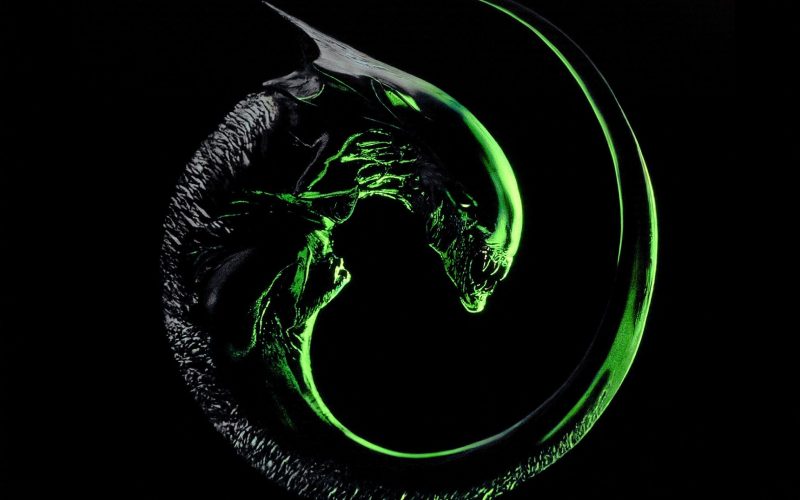Alien³ (1992).
There’s a scene early on in Alien³ where Ripley attends a rather unconventional funeral of two of her newfound family members who were tragically killed following a mysterious incident aboard the Sulaco, where last we left them at the conclusion of James Cameron’s action packed 1986 sequel, Aliens. Dillon, a leader of sorts of the colony of prisoners who inhabit the remote planet that Ripley has crash landed on, gives a rousing eulogy as the bodies are dropped into a giant smelting furnace. This scene of death is intercut with a birth elsewhere on the colony as Ripley’s nemesis, the Xenomorph, bursts out of its animal host. It’s a very moving and powerful scene, well scored and scripted and superbly edited. Taken in microcosm, if this scene were representative of the film as a whole then Alien³ would be a classic of similar proportions to its forebears. In reality the creation of this third film in the saga would be a difficult, often painful gestation for all involved and in many ways the final film would suffer for it.
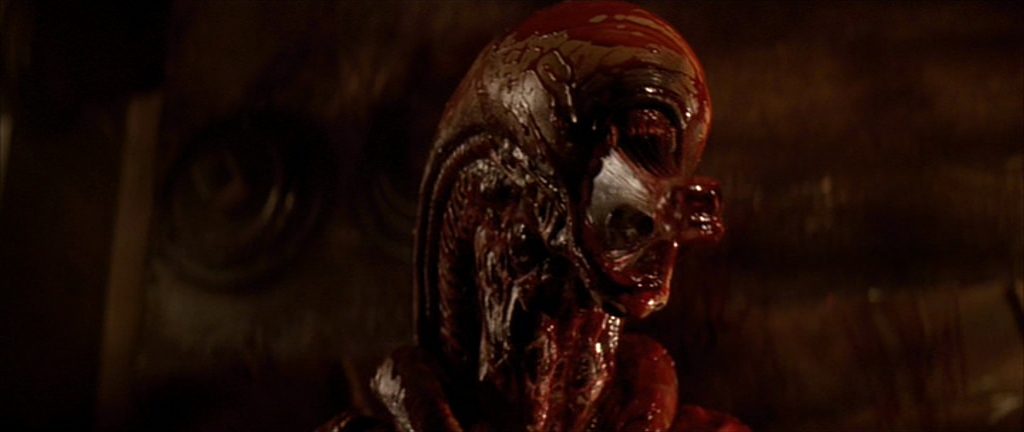
When 20th Century Fox decided to move forward on a third Alien film, producers Gordon Carroll and David Giler weren’t overly keen on making a second sequel but reluctantly agreed. Renny Harlin, fresh from Die Hard 2, was initially hired as director and worked on preproduction for almost a year but left after realising he couldn’t see a logical and fresh way to progress the story from the point we’d last seen it in Aliens with Ripley, Hicks, Bishop and Newt in hyper sleep on the Sulaco.
Numerous writers such as William Gibson, Eric Red, and David Twohy were initially involved before Vincent Ward was given writing and directing duties after pitching to the producers an idea they liked. Unfortunately the studio heads set a 1992 release date before any firm story or script had been solidified and therefore the production was locked in to a strict timeframe. Without a firm agreement amongst the producers as to the final direction the story would take, the seeds of a troubled production were sown. Under pressure to finalise his script, Ward would ultimately leave the project and thus further problems were created and the clock was ticking.
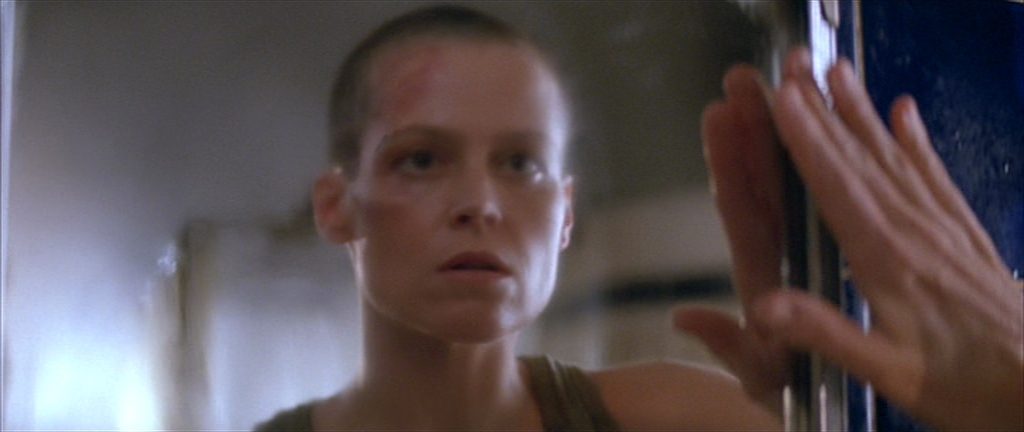
Ward’s story idea of a wooden space station that had been converted into some sort of monastic biosphere was radical to say the least. The logistics of bringing this vision to life ultimately proved too daunting for the studio and production crew to justify spending millions of dollars on given how left of field it was and thus a new direction was sought.
Fox next approached first time director David Fincher who, following a very positive meeting with producers, was brought on board and was initially very enthusiastic in spite of the fact that he had no completed script to work from. Fincher’s first change was to set the story on a prison planet as opposed to Ward’s monastery. It was Fincher who first suggested the inhabitants shave their heads and Weaver liked this idea. Alas the writing didn’t go to everyone’s liking and further delays occurred while the script was revised.
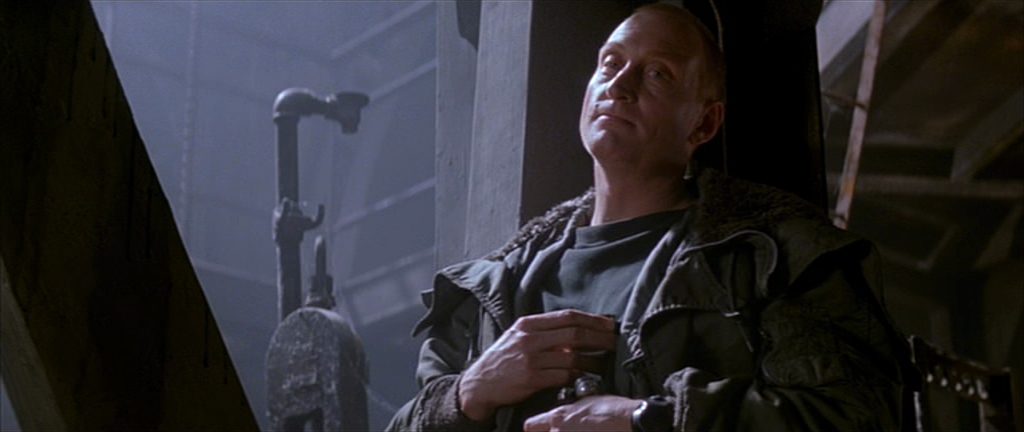
Further problems arose when cinematographer, Jorden Cronenweth was struck with ill health leading to him having to be replaced by Alex Thompson. Fincher had a strong reverence for Cronenweth who had been director of photography on Blade Runner, and his loss to the project knocked Fincher.
It appears that Carrie Henn and certainly Michael Biehn would have been happy to consider reprising their roles in Alien³ but were never given the opportunity. When Biehn discovered the studio’s initial idea of using his likeness on a model of his dead body with the chest burst open he threatened to take legal action, clearly aggrieved that he’d been written out of the sequel. He later agreed to allow his photograph to be used but not his likeness for a corpse.
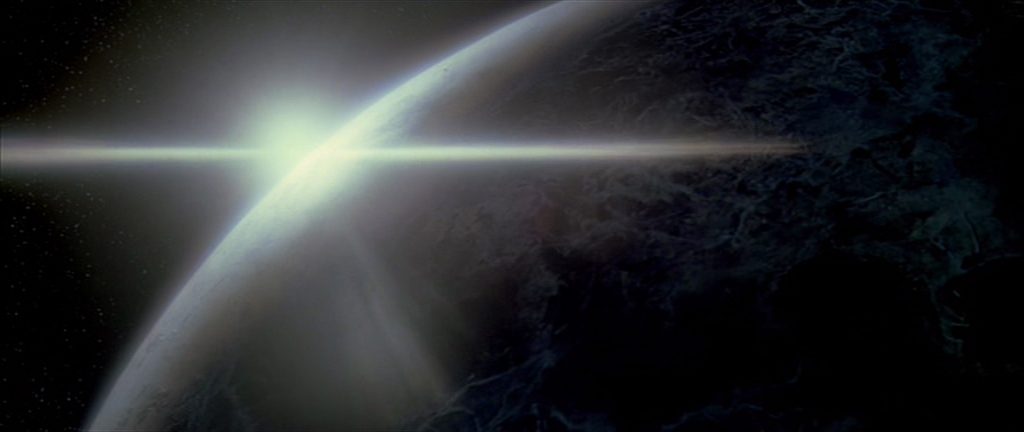
H.R. Giger, the visionary artist that created the Alien for the first film was approached following his absence on Aliens. This time there would be just one creature, as in the first film, but it’s genesis and appearance would be somewhat different and show that the Alien’s physical structure can vary based on the species of its host. Many of Giger’s more wild and disturbing ideas for the new creature were ditched and would have potentially damaged the established continuity of what we know about the Xenomorph. Fincher ultimately decided to give the responsibility of the new creature’s creation to Alec Gillis and Tom Woodruff Jr. Rod puppetry was used and then rotoscoped onto live background plates and many of the shots of the fast moving creature employed this effect with often mixed results. It’s not an effect that seems to have held up that well especially in comparison to the practical effects used in the first two films.
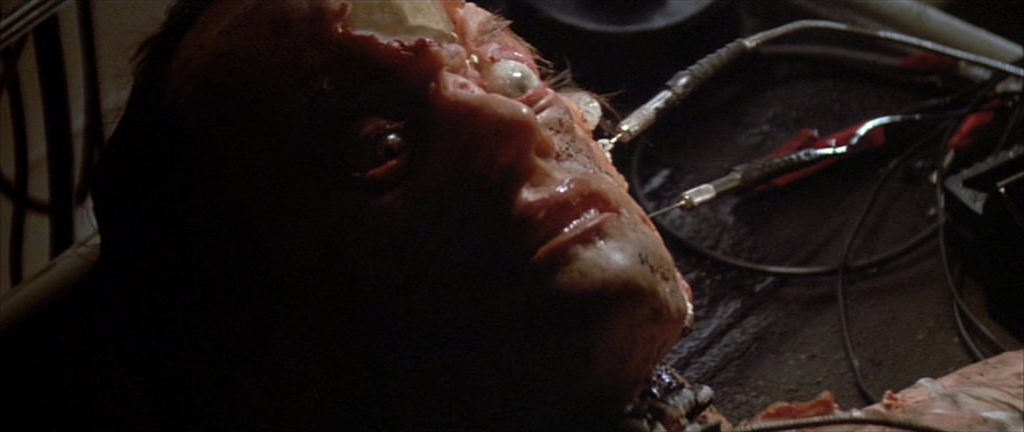
If you listen to many of the cast talking about Fincher they’re certainly complimentary of him and somewhat in awe of his level of skill at such a relatively young age. He’s gone on to more than prove himself as one of the most capable directors of his generation but here he was hampered from the very start by forces beyond his control. The main issue was the obvious problems with the script which would never fully be resolved. With the script constantly evolving and changing throughout the shoot there was a lack of focus and direction that would be difficult for any director to deal with let alone one making his first big studio film. Fincher was also a perfectionist and this was often at odds with the producers and the studio who had locked in that release date so early on. He’d often ask for multiple takes beyond the norm, looking for that perfect shot and here the studio would be quick to intervene and exert what Fincher must have seen as restricting control over him.
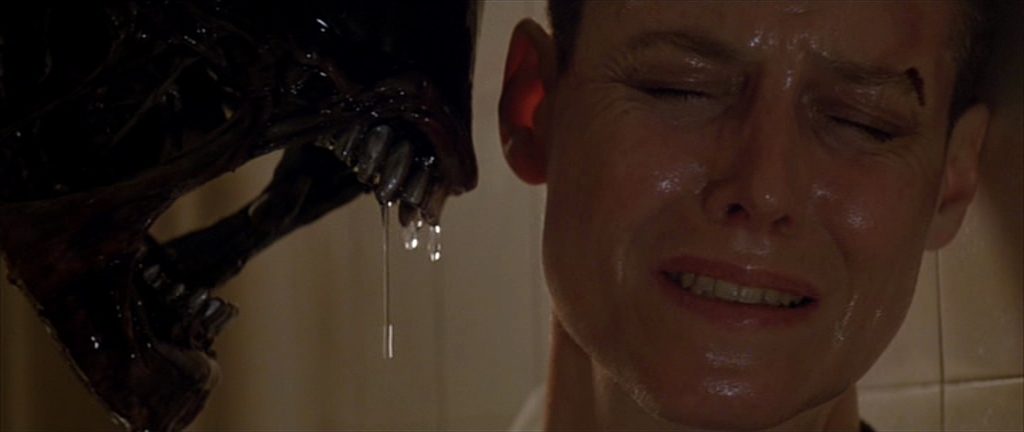
Fincher’s relationship with the studio was fragile at best, openly contentious and hostile at worst. If Fox had somehow been gifted with the hindsight of what he would go on to achieve in later films, maybe they’d have kept their interference to a minimum, but here they were dealing with an unknown quantity who had yet to show his true talent as a filmmaker. What Fincher brought to the film was a visual style that would blend the gothic principles that were present in Vincent Ward’s original treatment with the grimy horror of Ridley Scott’s original film. The dirty brown hues would give the film its own unique look but it always feels in keeping with what we’ve seen in previous films. Alien³ is in general a beautifully shot film as is much of Fincher’s later work.
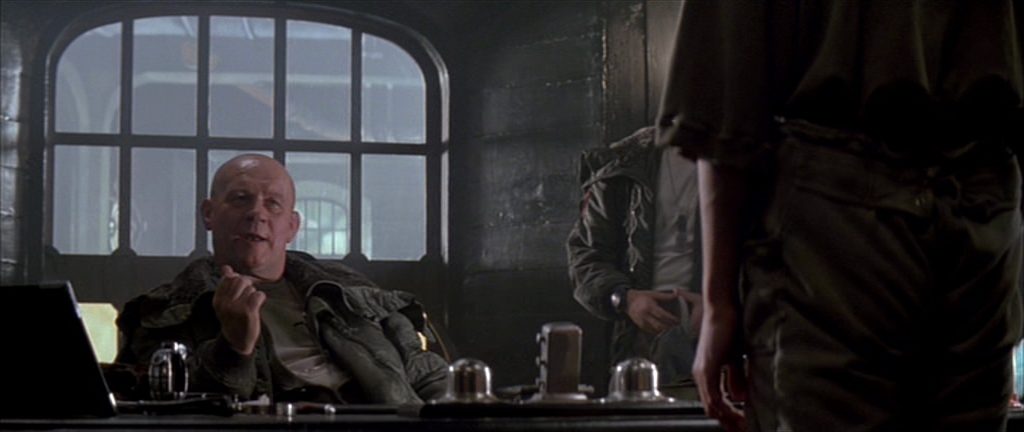
Putting aside the cruel and seemingly pointless treatment of the characters Newt and Hicks from the second film, Alien³ would, aside from Weaver, have an all male cast. Many of them were established British actors. The likes of Brian Glover, Ralph Brown, Paul McGann, and Pete Postlethwaite are all on fine form here. Richard E. Grant was considered for the role of Clemens before Charles Dance was given the part. Dance puts in a superbly understated performance as the sympathetic medical officer with whom Ripley has a brief relationship. The film certainly suffers without him after he meets his grisly end. The other main player is American, Charles S. Dutton who puts in a very strong performance and certainly has the lions share of memorable dialogue which he delivers with conviction. As usual, Sigourney Weaver is brilliant as Ripley. She’s the one constant in the initial four film Alien saga and never falters. She displays a fine balance between strength, vigour and vulnerability mixed with an acceptance that she may not be able to survive this third encounter with her nemesis.
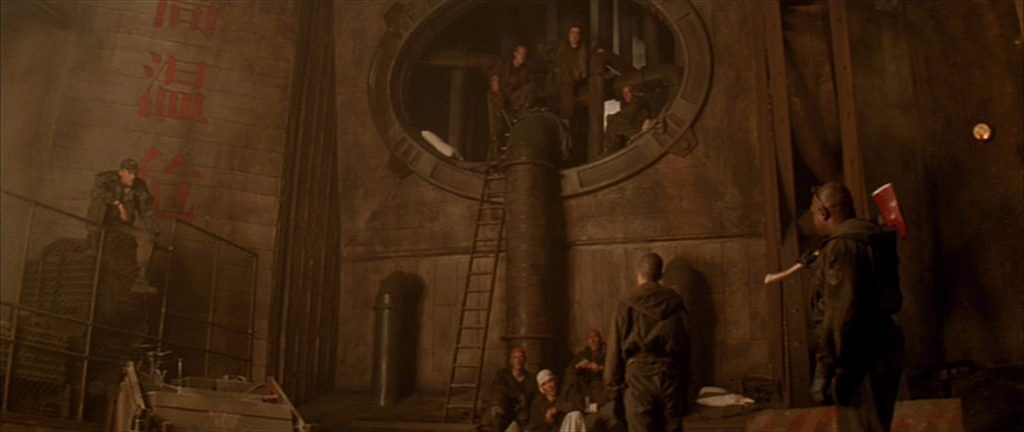
Following last minute reshoots to the film’s finale, Alien³ was finally released on May 22nd 1992 in a somewhat truncated form having been heavily edited down by the studio from Fincher’s initial cut. The ending does feel rushed and hardly the fitting conclusion to Ripley’s three film story arc.
For all the troubles that Fincher and the production faced, the final film is nowhere near the artistic failure that it could have been. Yes, it’s tone is dark and gloomy and devoid of humour and lighter moments but several of the performances are superb and some of the dialogue is very good considering the many last minute rewrites the script underwent. It’s generally well shot, has great production design and a strong visual style. Elliot Goldenthal’s score is suitably fitting and has a haunting, gothic melody that works well with the visuals and tone.
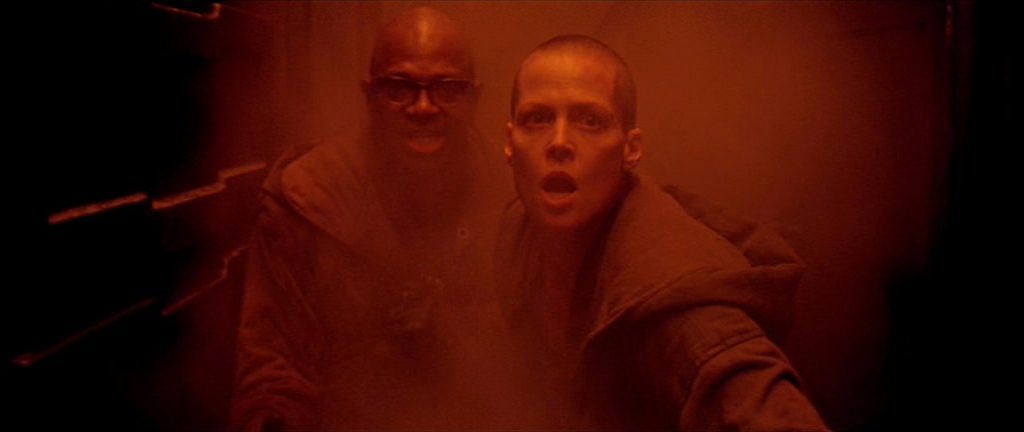
Whilst Fincher has pretty much disowned Alien³ and has refused to comment publicly on the film since it was made, in 2003 Fox put together a new cut that was aimed at recreating Fincher’s original version before it was cut down. Several new and alternate scenes were inserted, restoring previously missing sub-plots and new effects were added, the new version running over 30 mins longer than the theatrical cut. The Alien is now birthed from an ox instead of a dog and many of the characters are fleshed out to the overall benefit of the film. I haven’t felt the need to watch the theatrical cut since this new version was released as for me it improves the film considerably.
That said, in either version, the final act suffers from an incoherence in the structure and editing of the action which really lets the film down. The inmates are trying to corral the beast into the smelting furnace where they’ll drown it in molten lead. The problem I have with it is that there’s no sense of the geography of the prison with its endless tunnels which all look the same. Framing the action from the Alien’s POV is something that’s made use of far too frequently and the finale becomes a cacophony of echoed shouting and screams as the inmates use themselves as bait. The arrival of the original human on whom the android Bishop was modelled could be seen as shoehorning and a way of connecting the film to Aliens. I’m still not sure if his appearance works or not but it certainly shows how desperate the company were to get their hands on the creature and makes Ripley’s ultimate sacrifice in front of him all the more defiant and powerful.
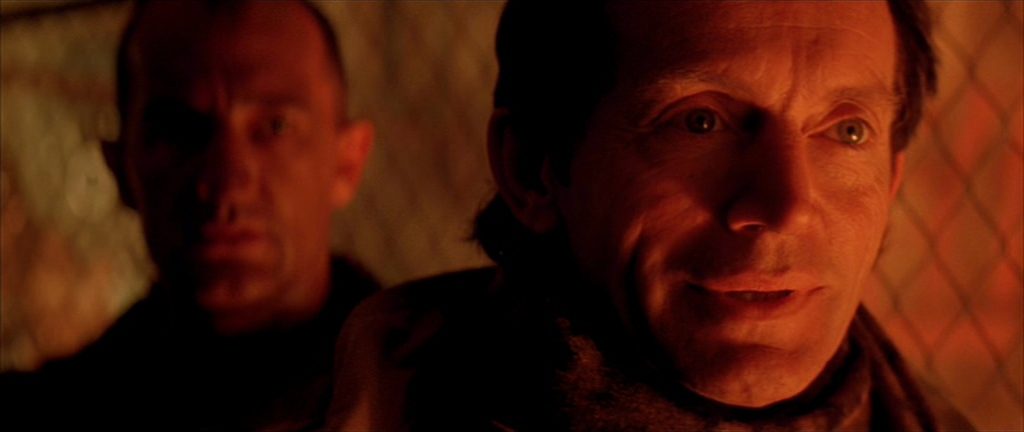
In spite of its extremely troubled production I feel that Alien³ deserves a second chance. The issues that Fincher faced were near insurmountable and it could very well be regarded as an unfinished film. It’s a miracle that it’s as good as it is and that it ever came together at all. There are some great visual moments and strong performances and when you acclimatise yourself to its dark, dare I say dour tone, there really is a lot to appreciate. Was Ripley ever meant to have a happy ending? She certainly deserved one being one of cinema’s greatest heroines but as in many of Fincher’s films, life’s a bitch but at least by sacrificing herself Ripley beat both the creature and the company. The final scene with the black box recorder repeating Ripley’s sign off from the first film feels like her character has at least come full circle with a satisfying if sombre sense of closure.
Or so we thought until her ‘Resurrection’ in the fourth film, five years later. But that’s a tale we’ll come to soon enough.
Film ‘89 Verdict – 7/10

